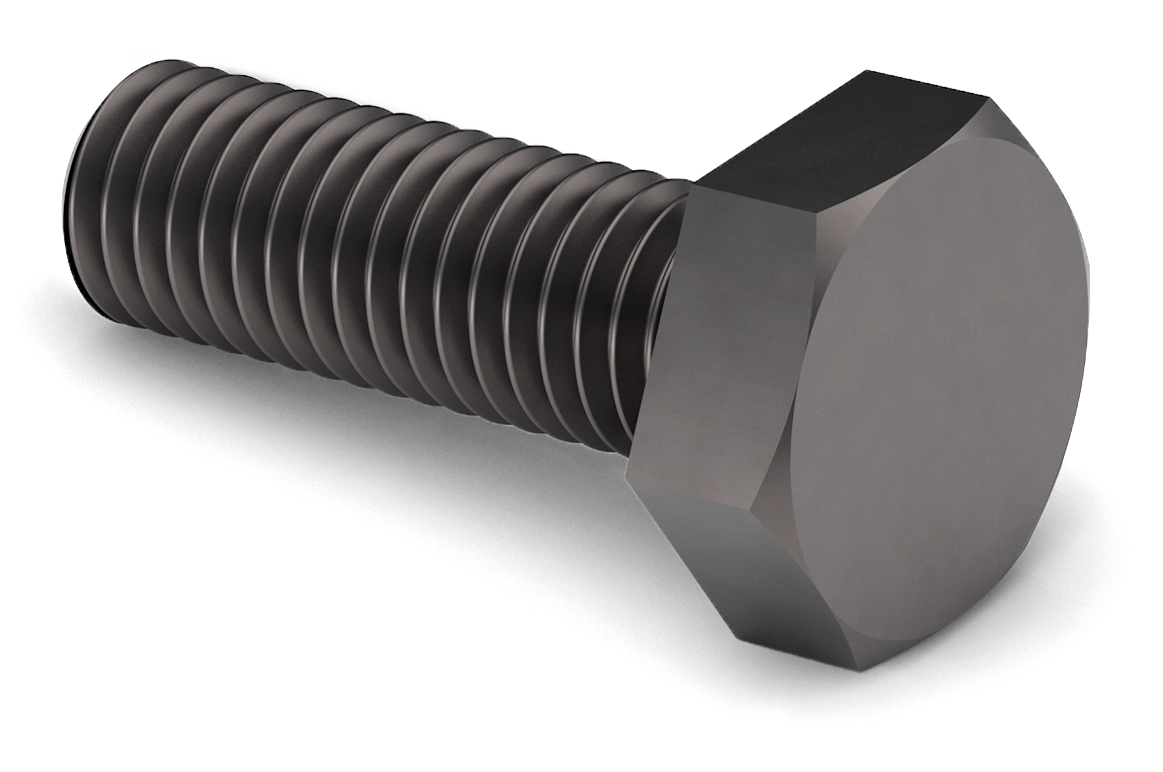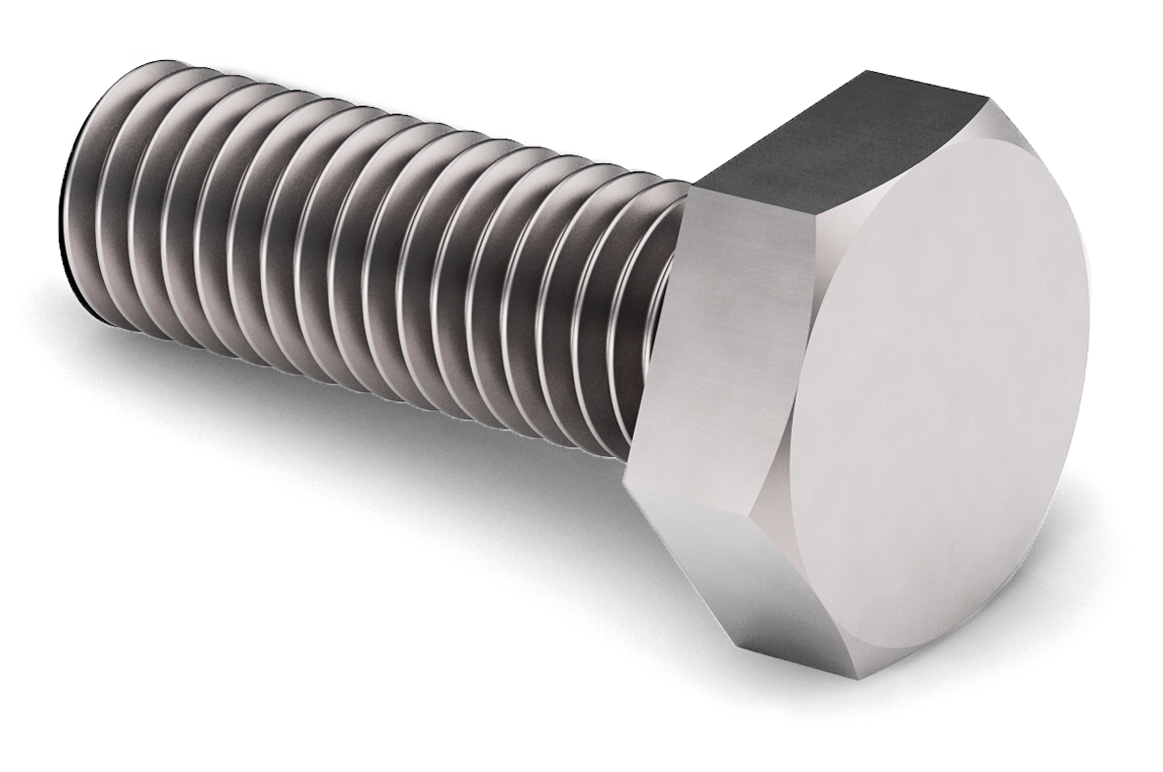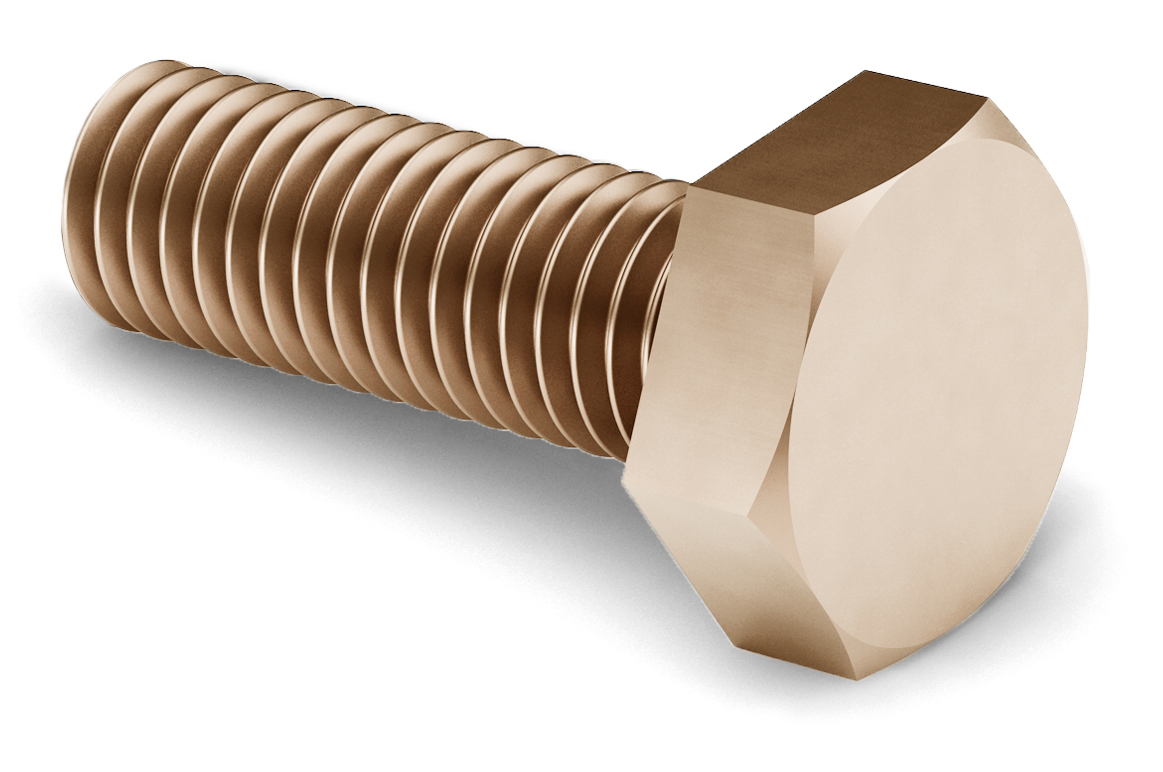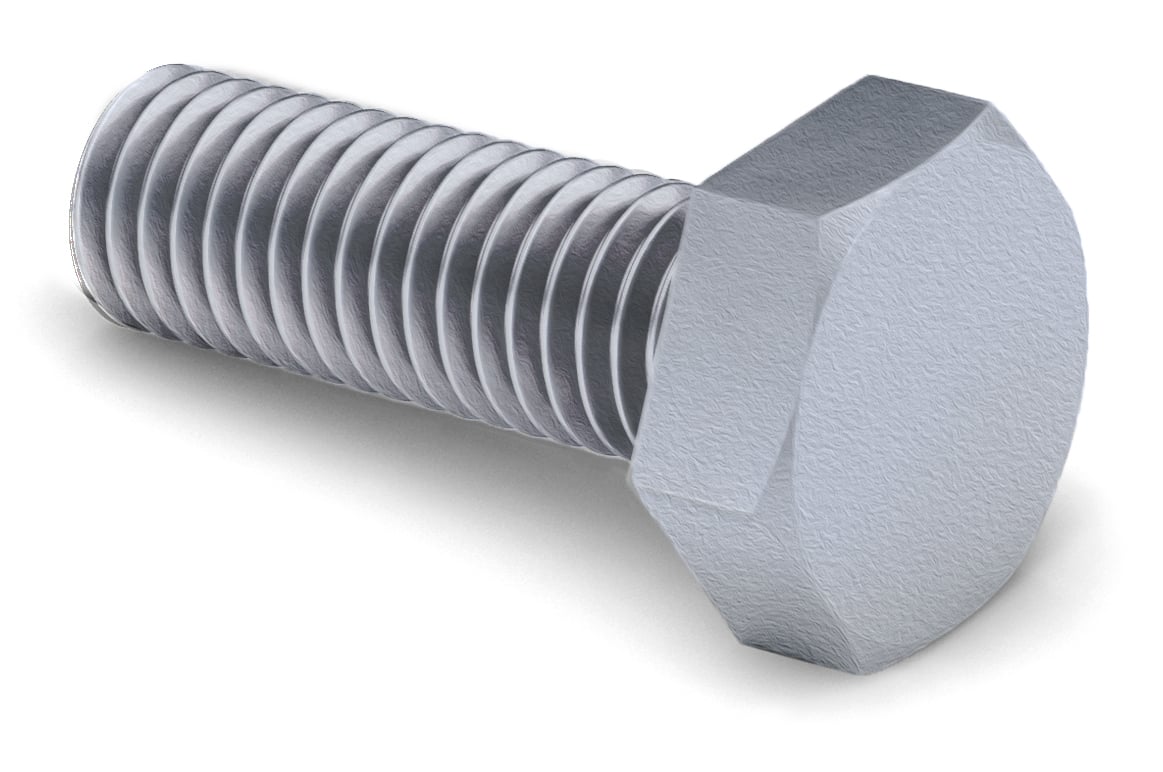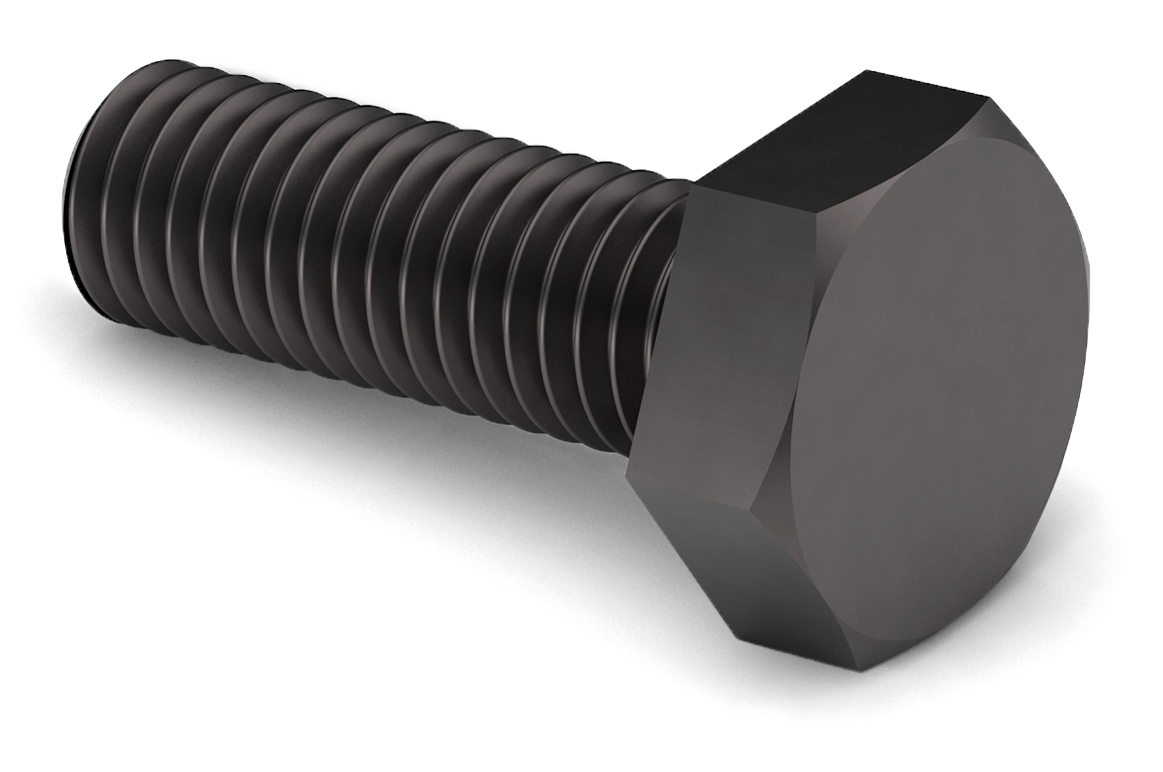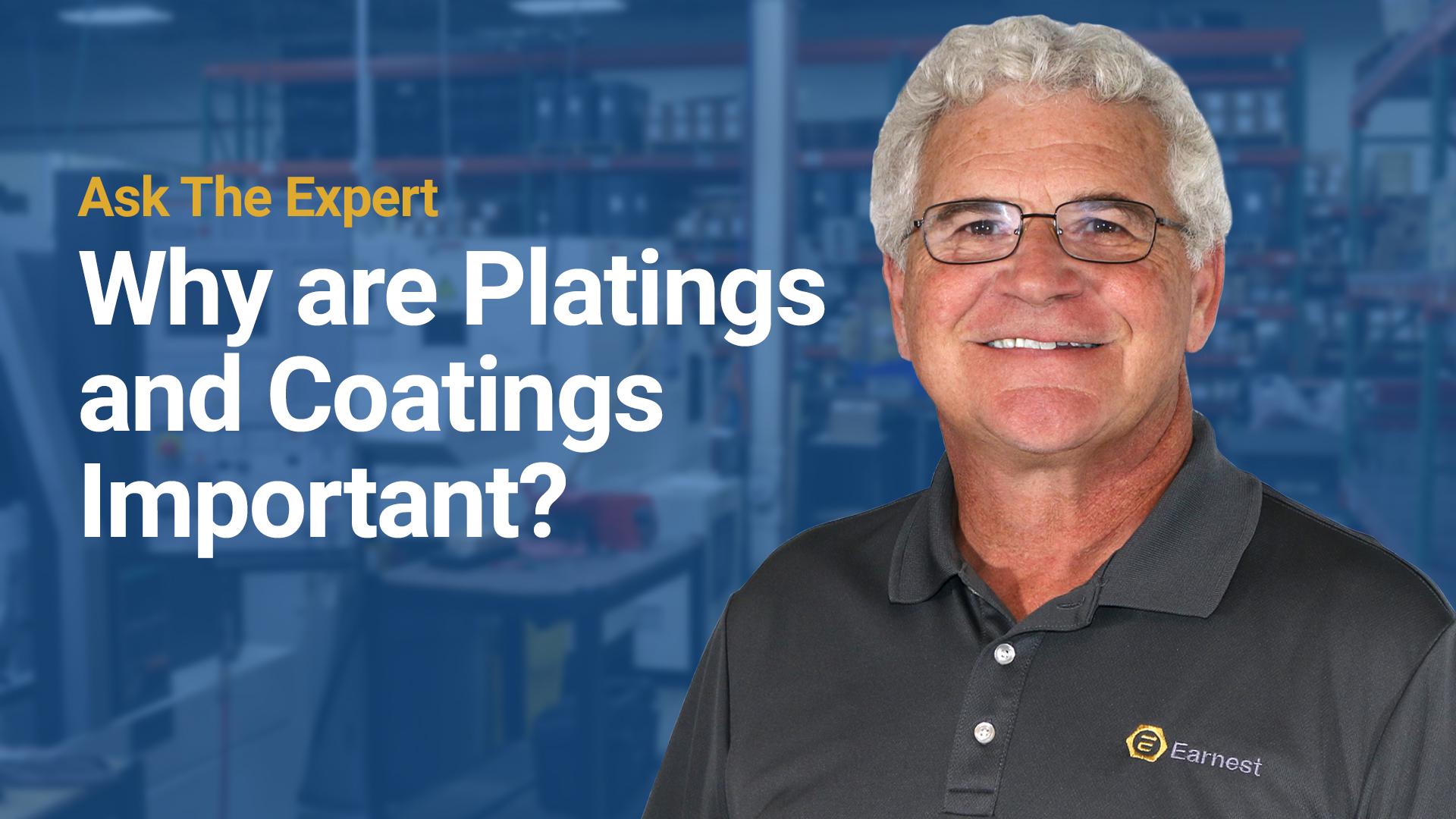
Why are Platings & Coatings Important?

The greatest enemy to fasteners is corrosion. Once corrosion begins, fasteners start to break down quickly, reducing their effectiveness and the lifespan of any application. Fasteners made from carbon or high strength alloy steels, that are subjected to harsh environments or hazardous chemicals, typically have a plating or coating applied to their surface to protect the steel underneath. Fasteners that lack this protective layer can become damaged, ultimately compromising their assemblies, which can be both dangerous and costly to replace.
Therefore, the solution is to determine the correct plating or coating needed for your fastener’s specific application. Not only can this help protect against corrosion and harsh environments, but choosing the right plating or coating will also ensure you achieve the correct clamp load at the specified torque, maximizing the life of any assembly.
Typically, fasteners are created out of raw steel and therefore lack any type of corrosion or atmospheric protection when they are first manufactured. These fasteners, which do not have a plating or coating applied to the surface, are referred to as having a Plain Finish or labeled as bare metal. Some fasteners with a Plain Finish may have a light coating of oil for shipment or shelf-life purposes, but this offers little corrosion or atmospheric protection.
While these bare metal surfaces can be used in either indoor or in outdoor environments that present little risk of corrosion or exposure, anything beyond that, such as applications that are subject to chemical and atmospheric exposure, will need exploration of the multiple options for plating and coating solutions available.
The difference between the plating and coating process
Within the world of fasteners, the plating and coating processes are often lumped together and ultimately overlooked as being the same process. While each can in fact adds corrosion resistance and various other properties to your fasteners, they are two unique operations that differ from each other.
Plating
Plating refers to the process of ‘electroplating’, where a metallic finish is added through electro-deposition. It involves adhering a metallic finish to the surface of a fastener, which means that the deposited metal becomes fused to the existing product.
Plating is the most common method used to add a surface finish to fasteners and within this practice, the most common process is a Zinc with Clear Chromate plating, which provides good corrosion protection, can be applied at a controlled thickness, and is cosmetically appealing with its bright silver appearance.
Coating
Coating refers to the use of powder or chemical additions to the surface of the fastener. This process involves dipping the item into a chemical bath, with the product then spun out at high speeds to remove any excess material.
This dip and spin process will create the specified thickness of the coating. Zinc Flake Coatings, for example, can offer a coating that is twice as thick when compared to Zinc Electroplated product, leading to superior corrosion protection.
However, unlike Zinc Electroplated product, coatings, due to their dip and spin process, can sometimes result in an uneven coating thickness, which can cause thread interference problems.
The main differences between the two is that while coating simply adds a powder or chemical layer to the surface of a fastener, plating fuses the new material to the original material the fastener is made from. The electroplating process is also more controllable, therefore can create a more uniform thickness.
Plating or coating solutions, no matter what the criteria, have hundreds of options available – all of which have been developed as a solution to common industrial problems. In amongst this vast variety of options, each one offers different properties, from corrosion and chemical resistance to aesthetic finishes. The right choice depends purely on the requirements of the application and the intended use of the fastener.
Below are some examples of the popular plating and coatings that Earnest Machine has available in stock:
|
Plain Finish
|
A fastener that has no additional plating or coating added to the surface. While many may have a light coating of oil for shipment or shelf-life purposes, this finish does not offer corrosion or atmospheric protection. |
|
Plating options |
|
|
Zinc Clear Trivalent
|
The most common type of plating, frequently used in multiple industries, including automotive, construction, and food processing. |
|
Zinc Yellow
|
Declining in use following European Union’s Restriction of Hazardous Substances Directive (RoHS) and is most frequently used by manufacturers of construction equipment and heavy trucks. |
|
Coating options |
|
|
Zinc Flake Coating
|
Uses include protection against saltwater and harsh environments and are often used in automotive and industrial parts. |
|
Phos & Oil
|
A non-metallic zinc coating that provides a uniform black appearance that will absorb and hold oil, which is popular with manufacturers of heavy trucks and construction equipment. |
|
Black Oxide
|
Black Oxide coatings are mainly used for cosmetic purposes and offer little corrosion protection. This finish is mainly used on indoor applications such as machinery, stamping presses, plastic injection, and mold-making machines. |
Three tips for selecting plating and coating options
1. Make sure you understand the best option available for your specific application in detail, for example, understanding if your application needs to protect against just corrosion or chemical exposure as well. Perhaps you’ll need a coating that’s food safe.
2. Ensure it's up to specification as quality is non-negotiable. Make sure you work with a supplier that performs quality checks before they send the parts out to you, as this will save you time and effort in making sure the parts are made to the correct specs.
3. Know your shipping and distribution options to reduce your total cost of parts. Many companies will purchase fasteners from one company and send them elsewhere for further treatment, but many suppliers will offer this as part of their service. For example, at Earnest Machine, we offer a wide range of services for platings and coatings; therefore, our customers can eliminate redundant shipping costs by having one supplier deal with the full package, reducing the overall cost of ownership for their parts.

